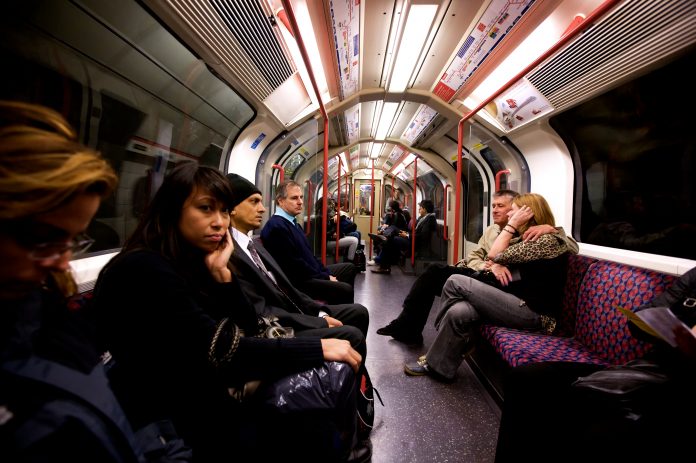Dennis Hayter from Hydrogen London explores the extent of hydrogen-powered transport in the capital city of the UK, London
The London Hydrogen Partnership (now ‘Hydrogen London’) was established in 2002 as a public-private partnership between hydrogen industry and associated entities, collectively forming a centre of expertise for hydrogen and fuel cell (HFC) technologies, and the Greater London Authority (GLA). The GLA is the devolved regional governance body of London, with jurisdiction over both counties of Greater London and the City of London, with Sadiq Khan as the current Mayor.
Membership currently stands at 36 participants across the HFC spectrum, spanning hydrogen production, hydrogen distribution and fuelling station installation/operation; HFC technology developers; vehicle OEMs and vehicle/fleet operators; stationary and portable power systems suppliers and operators. The remit of the Partnership has broadly been to identify and implement hydrogen and fuel cell (HFC) based initiatives that demonstrate and deliver impacts in addressing London’s most pressing environmental challenges.
Air quality is a fundamental issue for London. The direct health impact of poor air quality has increasingly been recognised as a contributory factor to avoidable deaths and emissions from transport has been an area of attention for Hydrogen London and the wider GLA group.
London first participated in HFC bus trials during 2004-2006. These were deemed successful and with Transport for London (TfL) responsible for one of the largest urban bus network systems globally (7,500 London buses carrying 5.4 million passengers each weekday), but mostly operating on diesel fuel, the logic was to extend the zero-emission fuel cell bus fleet. Further HFC buses were added in 2011. In 2012, London operated a first full city centre, fuel cell-powered bus route (the RV1 Tower Bridge to Covent Garden route). These HFC buses run ~16 hours per day and the fleet has covered over 1 million passenger service miles without fundamental issue. The London RV1 fleet still operates. Further single and double deck HFC buses will be operated from 2020.
Other fuel cell electric vehicles (FCEV) have been deployed since 2011, including London taxis; passenger cars from Toyota and Hyundai in private fleet and taxi fleet operation – such as Green Tomato Cars running a fleet of 50 Toyota Mirai FCEVs; the GLA itself bringing FCEVs to their TfL and Metropolitan Police fleets – with the latter also fleet testing 2-wheel Suzuki Burgman scooters – and dual fuel hydrogen-diesel vans and service vehicles (such as for refuse collection). Hydrogen refuelling stations (HRS) have been opened in and around the London area to support FCEV deployment, with 10 publicly accessible HRS in operation (plus two non-public HRS sites).
Beyond transport applications, increasing use of HFC systems has been seen in construction-related sectors for replacement of site-based diesel generators and equipment power, such as lighting systems. Large scale (200kW+) systems have also been installed for combined heat, power and cooling provision in new office buildings.
Collectively, these now proven HFC technology deployments will be a critical pathway to more widespread adoption for London to achieve the ‘greenest city in the world’ London Hydrogen Strategy 2017 pledge and a net-zero city target for 2050.











